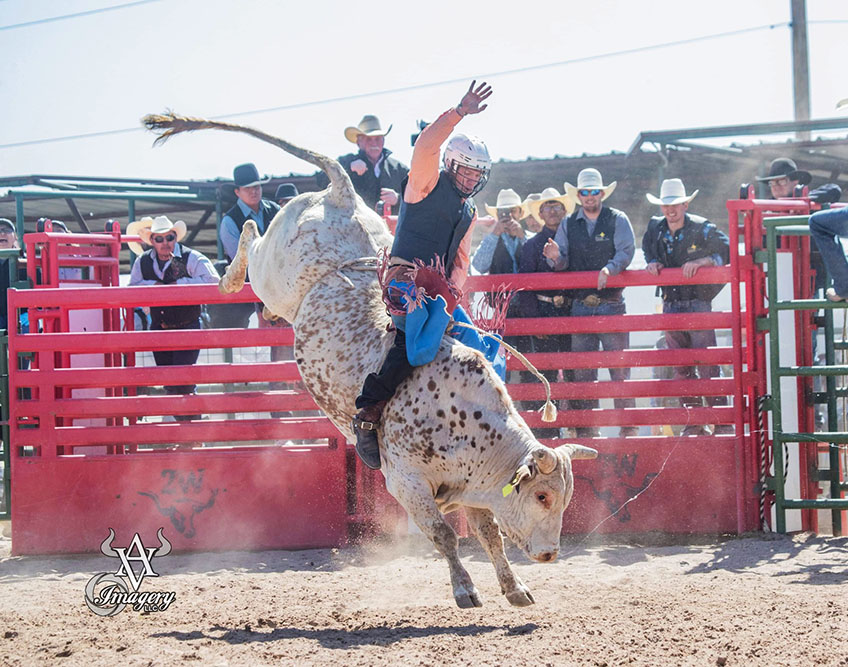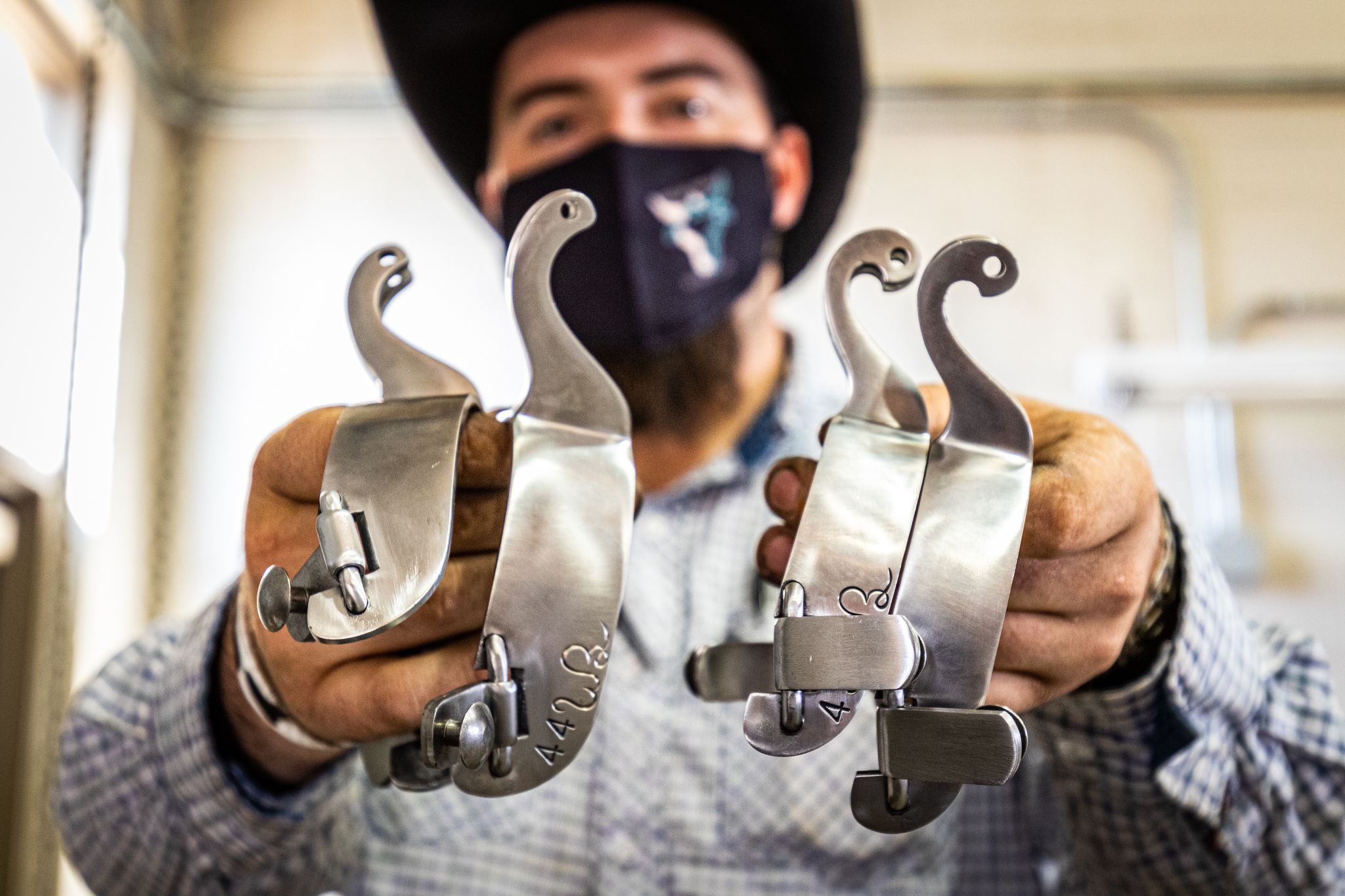Please join Student Affairs as we celebrate Dia de los Muertos. We will have an Ofrenda in the Common Area of Building A beginning Monday, October 25. We encourage everyone to participate by placing pictures of loved ones who have passed on the Ofrenda. We will refrain from using lighted candles, but will have electric candles to honor the tradition of this holiday.
Día de los Muertos (Day of the Dead) is a traditional Mexican holiday celebrated November 2. On this day, it is believed that the souls of the dead return to visit their living family members. Many people celebrate this day by visiting the graves of deceased loved ones and setting up altars with their favorite foods, drink, and photos.
The ancient indigenous people of Mexico have practiced rituals celebrating the lives of past ancestors for around 3,000 years. The celebration that is now known as Day of the Dead originally landed on the ninth month of the Aztec calendar and was observed for the entire month. In the 20th century, the month-long festivities were condensed to 3 days called The Days of the Dead: Halloween on October 31, Day of the Innocents on November 1, and Day of the Dead on November 2.
La Catrina is one of the most recognizable figures of Day of the Dead, a towering female skeleton with vibrant make-up and a flamboyant feathery hat. The Lady of Death worshipped by the Aztecs protected their departed loved ones, guiding them through their final stages of the life and death cycles. La Catrina that we know today came to be in the early 1900s by controversial and political cartoonist José Guadalupe Posada. Artist and husband of Frida Kahlo, Diego Rivera, included José’s La Catrina in one of his murals which depicted 400 years of Mexican history. His mural, “Dreams of a Sunday Afternoon in Alameda Park”, includes himself and a young child holding hands with La Catrina, who is dressed in sophisticated garb and a fancy feathered hat.
Plans for Day of the Dead are made throughout the year. Toys are offered to dead children and bottles of alcohol or jars of alote get offered to dead adults. Most families decorate their loved ones’ graves with ofrendas, which often includes marigolds. It’s said that these specific flowers attract the souls of the dead to the offerings, and the bright petals and strong scent guides the souls from the cemetery to their family’s home.




